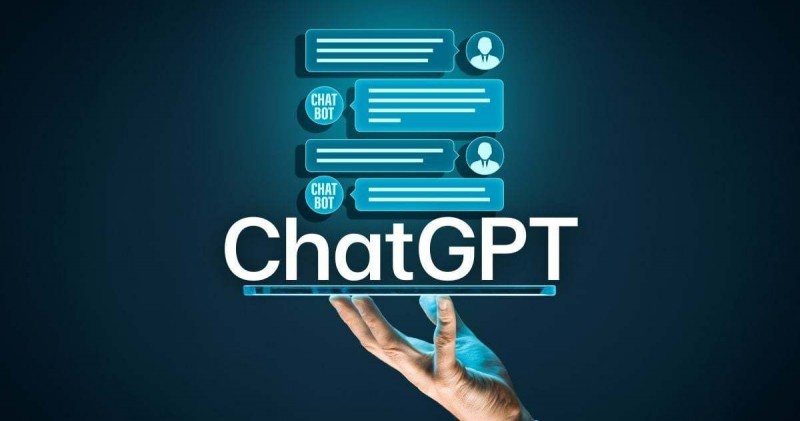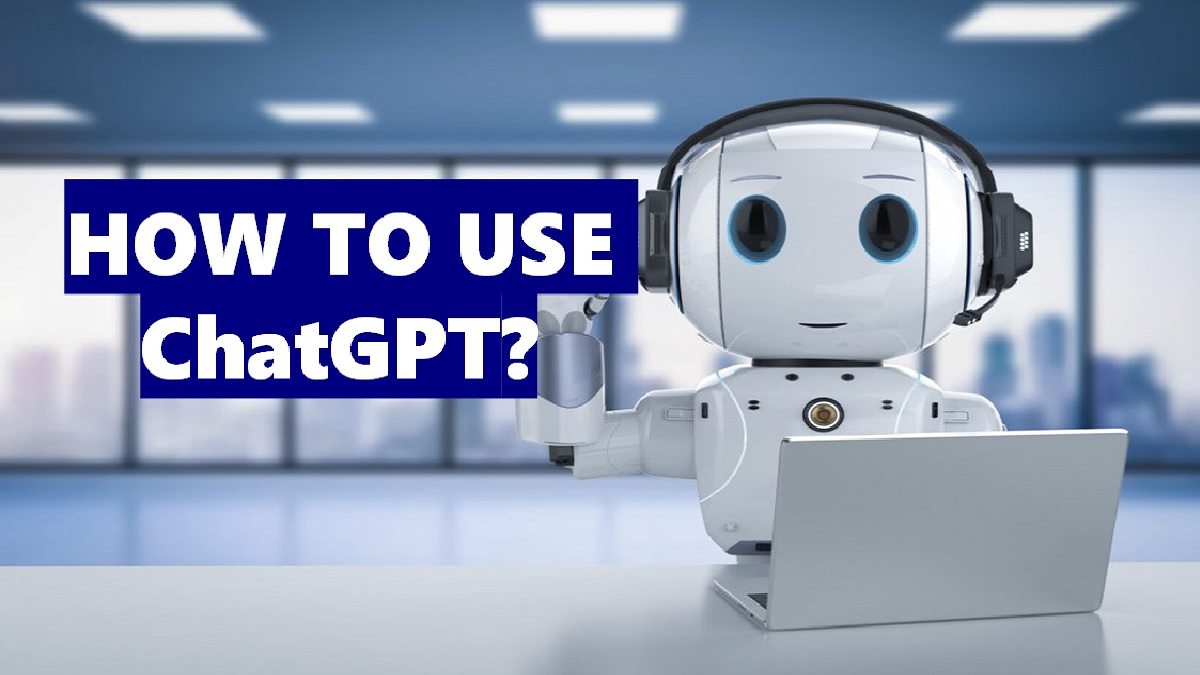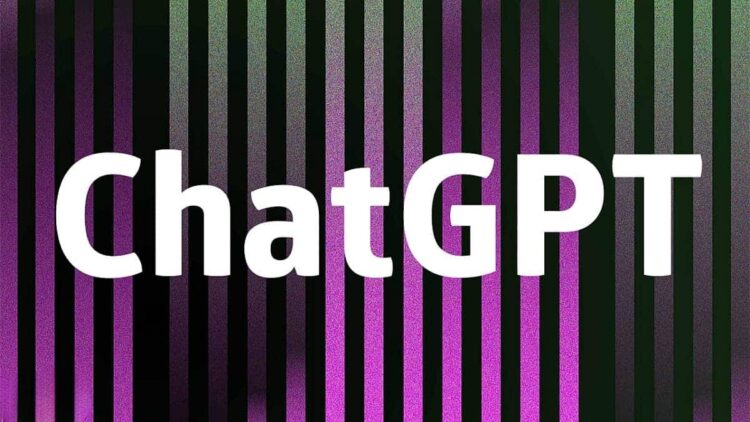
We are all aware that artificial intelligence is the future. ChatGPT is now a trendy subject all over the world. ChatGPT is a chatbot/trained-model built by OpenAI that is still being developed and trained by its developers.
ChatGPT is a big language model trained by OpenAI, according to the chatbot's technical description. It can produce human-like text in a number of forms and formats, including answering questions, writing tales, and even coding. It was learned on a big dataset of text from the internet using a deep learning approach called transformer architecture. It may be used for text production, conversation simulation, and other natural language processing applications.
How to use ChatGPT?

- Sign up for a ChatGPT account or download the app from the App Store or Google Play.
- Configure your ChatGPT options, such as the chatbot's language, response time, and tone.
- ChatGPT may be integrated into your website's chat feature or social media channels.
- Input particular prompts or inquiries into ChatGPT and wait for it to respond.
- Repeat the procedure as required to help with consumer enquiries, content production, and information collection.
Top benefits of ChatGPT for businesses

Fast response time: Responses to client enquiries are quick and accurate, freeing up time for human customer service workers to focus on more complicated or unusual duties.
Content generation: The capacity to create compelling and relevant content depending on particular input and user interests, improving engagement and generating traffic to a company's website or social media platforms.
Research and content curation: The capacity to study and select material from a variety of sources, assisting firms in developing a consistent and useful content marketing plan.
Customer engagement: The capacity to aid in engaging customers on social media or offering discussion starters on a website's blog or forum, thus boosting a company's online visibility and client engagement.
Limitations

- ChatGPT occasionally provides plausible-sounding but inaccurate or illogical responses. Fixing this problem is difficult because: 1. there is currently no source of truth during RL training; 2. training the model to be more cautious causes it to decline questions that it can answer correctly; and 3. supervised training misleads the model because the ideal answer depends on what the model knows rather than what the human demonstrator knows.
- ChatGPT is sensitive to changes in input phrases or several attempts at the same question. For example, given one wording of a question, the model can claim ignorance, but given a little rephrasing, it can accurately answer.
- The model is frequently very verbose and overuses specific terms, such as repeating that it is an OpenAI-trained language model. These problems emerge as a result of biases in the training data (trainers prefer lengthier responses that appear more thorough) and well-known over-optimization concerns.
- When a user submits an uncertain query, the model should offer clarifying questions. Instead, our existing models frequently infer what the user meant.
- While we have taken steps to prevent the model from responding to incorrect requests, it will occasionally respond to damaging instructions or display biased behavior. We're utilizing the Moderation API to warn against and ban specific sorts of dangerous material, although we expect some false negatives and positives for the time being. We are excited to collect user comments to help us enhance this system.
Final words
A human programmer may discover mistakes in AI code, while an analyst can examine the outcomes of AI judgements. This eventually leads us to the question of why this is so disruptive. The writer no longer needs to write the articles alone, the programmer no longer needs to code alone, and the analyst no longer needs to approach the data alone. The project is a new type of partnership that did not exist a month ago. Even without the added powers that AI gives, one person can accomplish the work of many.